Is Threads the Safe Space Social Media Twitter Never Was?
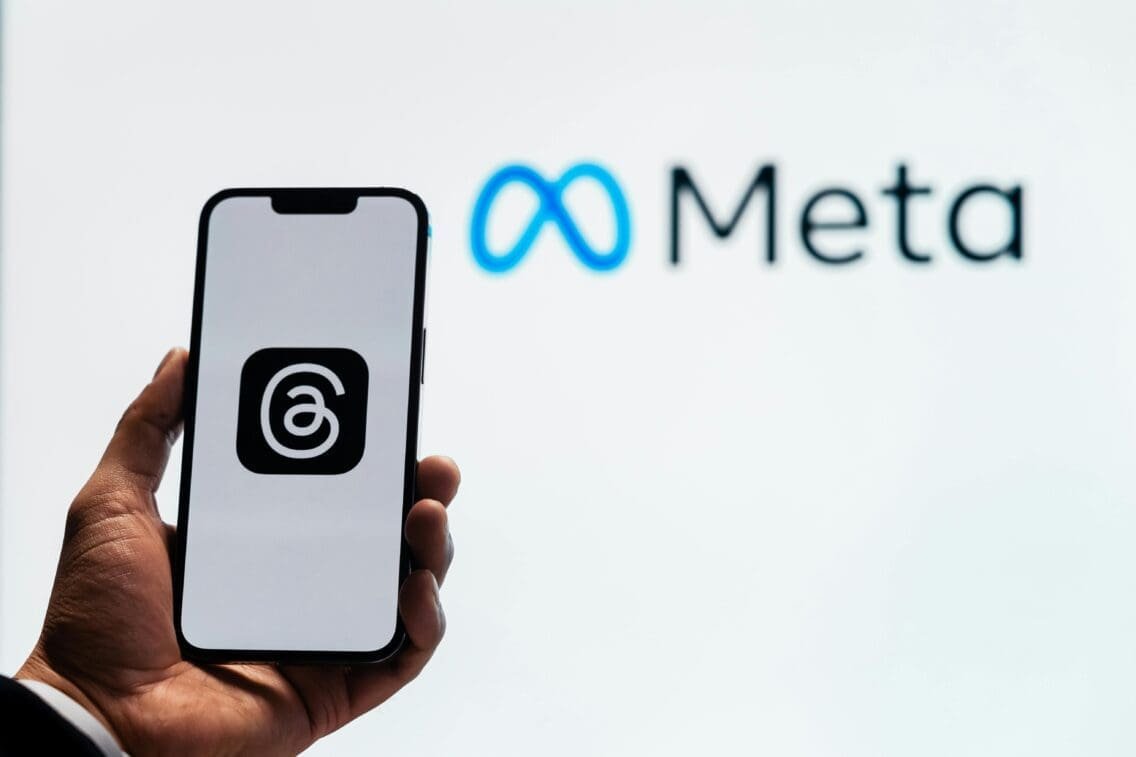
The Threads app, launched by Meta in 2023, arrived with big energy: “We’re not Twitter—we’re healthier.” For users jaded by the chaos on Elon Musk’s X (formerly Twitter), Threads felt like a breath of clean, moderated air.
Within days, millions signed up. Many of them burned out from targeted ads and trolling wars, .
Why the shift, you asked? Well, Twitter used to be a place where we came for news, networking, and niche jokes. But nowadays, it seems as though the app’s algorithm feeds on bashing and toxicity.
In a digital age where everything is shared, truly respectful conversations—especially between people with opposing views—have become surprisingly rare. That’s why it’s no surprise that users flocked to Threads and its “safe space for open dialogue” persona, much like moths to a (very bright, very promising) flame.
In this post, we’ll unpack the psychology baked into Threads’ early success. From tone-setting design to Instagram-linked trust, it’s Meta’s attempt at rebuilding trust. The question is, will it last?
Quick Comparison between Threads and X
How exactly is Threads different from X?
While these two applications may look similar on the surface—both offering fast-paced, text-based timelines—their core features, priorities, and user experiences tell a different story.
Here’s a side-by-side breakdown of how these two platforms stack up in 2025 when it comes to the things that matter most: monetization, community building, engagement, and more.
| Feature | X (formerly Twitter) | Threads |
|---|---|---|
| Monetization | Offers ad revenue sharing, tips, subscriptions, and branded content tools. | No direct monetization yet; relies on Instagram integrations and brand collabs. |
| Community Building | Uses hashtags, Lists, and Spaces to create communities. | Threaded convos, topic tags, and Instagram synergy help build niche audiences. |
| Engagement | Strong real-time activity but ad-heavy; declining organic reach. | Higher organic engagement (~73% more than X); less clutter, more conversational. |
| Live/Media Features | Supports live audio (Spaces) and short-form video. | Still basic search tools; discovery is expected to improve as the platform matures. |
| Platform Integration | Standalone, links with other X features (e.g., newsletters, Spaces). | Tightly integrated with Instagram for cross-promotion and shared audiences. |
| User Experience (UX) | Feature-rich but cluttered; paywalls and aggressive ads can disrupt flow. | Clean, minimal UI focused on conversation and ease of use. |
Judging from this comparison, it’s clear that while Threads leans into a “friendlier,” Meta-integrated experience. On the flip side, X has taken a sharp turn toward monetization, high-speed virality, and controversy-fueled engagement.
What’s unfortunate is that many of the features that once made Twitter feel like the internet’s town square are now part of what makes it feel… well, broken. From Meta’s point of view, this is a huge business opportunity.
What Threads Promised to Be
When Meta introduced Threads, the pitch was simple but effective: a friendlier Twitter, built with boundaries.
Unlike X’s “free-for-all” energy, Threads leaned into familiarity. Since it links directly to Instagram accounts, you already “know” many of the people you’re following. That reduces anonymity—and with it, the hostility.
Meta also introduced Threads as a text-first platform without trending topics or a chronological outrage machine. That design choice matters. Without algorithmic baiting or divisive hashtags at the top of the feed, the energy stays conversational.
The onboarding process nudged users toward positivity.
Safety and privacy features were front and center. Instead of asking you to “build a following,” Threads quietly encouraged connection. You could carry your Instagram followers over in one tap, removing the pressure to “start from scratch.”
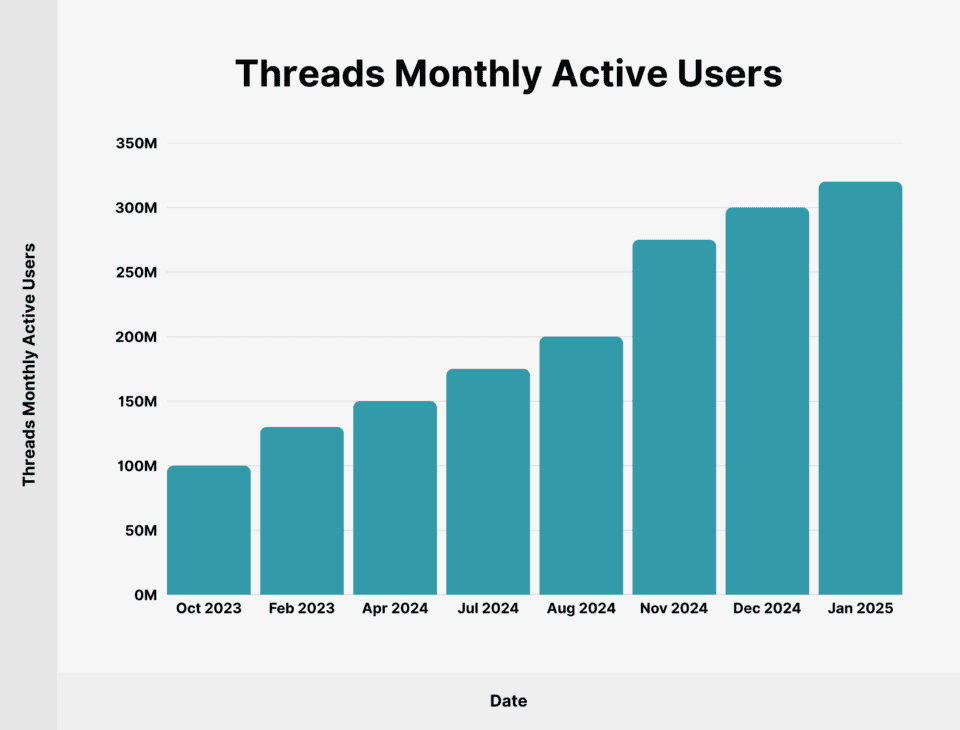
It’s no wonder that the application attracted an estimated number of 320 million monthly active users in 2025.
How Threads Uses Psychology Differently
Design Choices That Lower Tension
One of Threads’ most thoughtful user-centric decisions was tying it to your Instagram identity. That’s not just for convenience. It subtly increases accountability. Trolls thrive on anonymity. But when your Threads name is linked to a photo of your dog and your brunch photos, you’re less likely to behave badly.
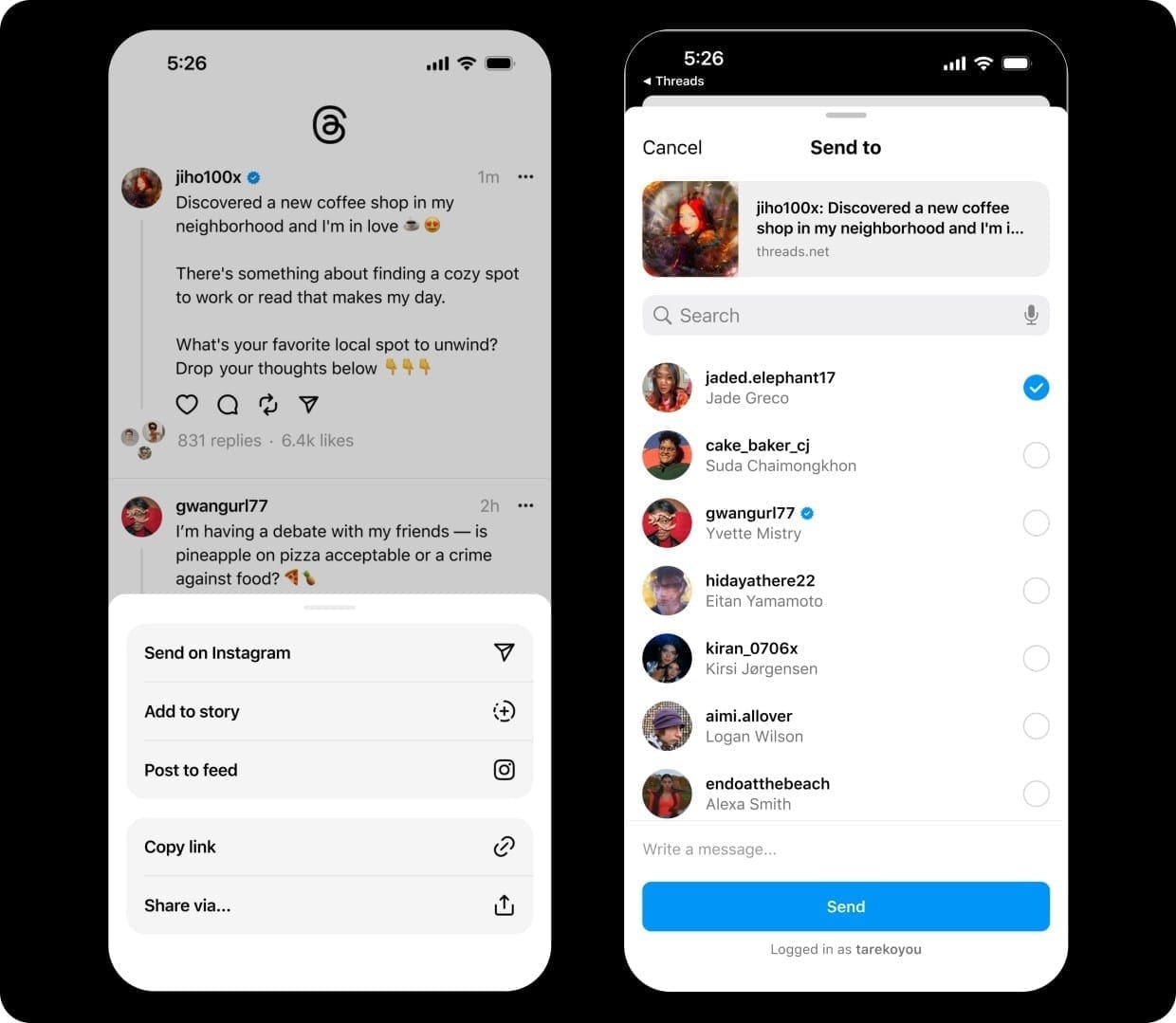
Also, Threads skipped the chaos of “likes-for-virality” in its early algorithm. Instead, the focus was on discovery via shared interests. Basically, Threads said no to clickbait. That allowed niche communities and creators to surface naturally, without elbowing for attention in toxic ways.
During its launch, Threads didn’t focus on trending topics. That alone lowers the heat. With no flame wars surfacing every morning, users aren’t baited into constant debate. This was a deliberate move—designing for serenity rather than sensationalism.
It’s not perfect, but it feels… intentional. You don’t sense that every post is a performance. It’s more laid-back. And users seem to like it that way, at least according to Buffer’s 2025 study. Their findings revealed that, on average, Threads posts had 73.6% higher engagement rates than X.
Although, it’s worth noting that in 2024, Meta introduced a “Trending Now” feature “to help you find timely topics and join conversations you care about.”
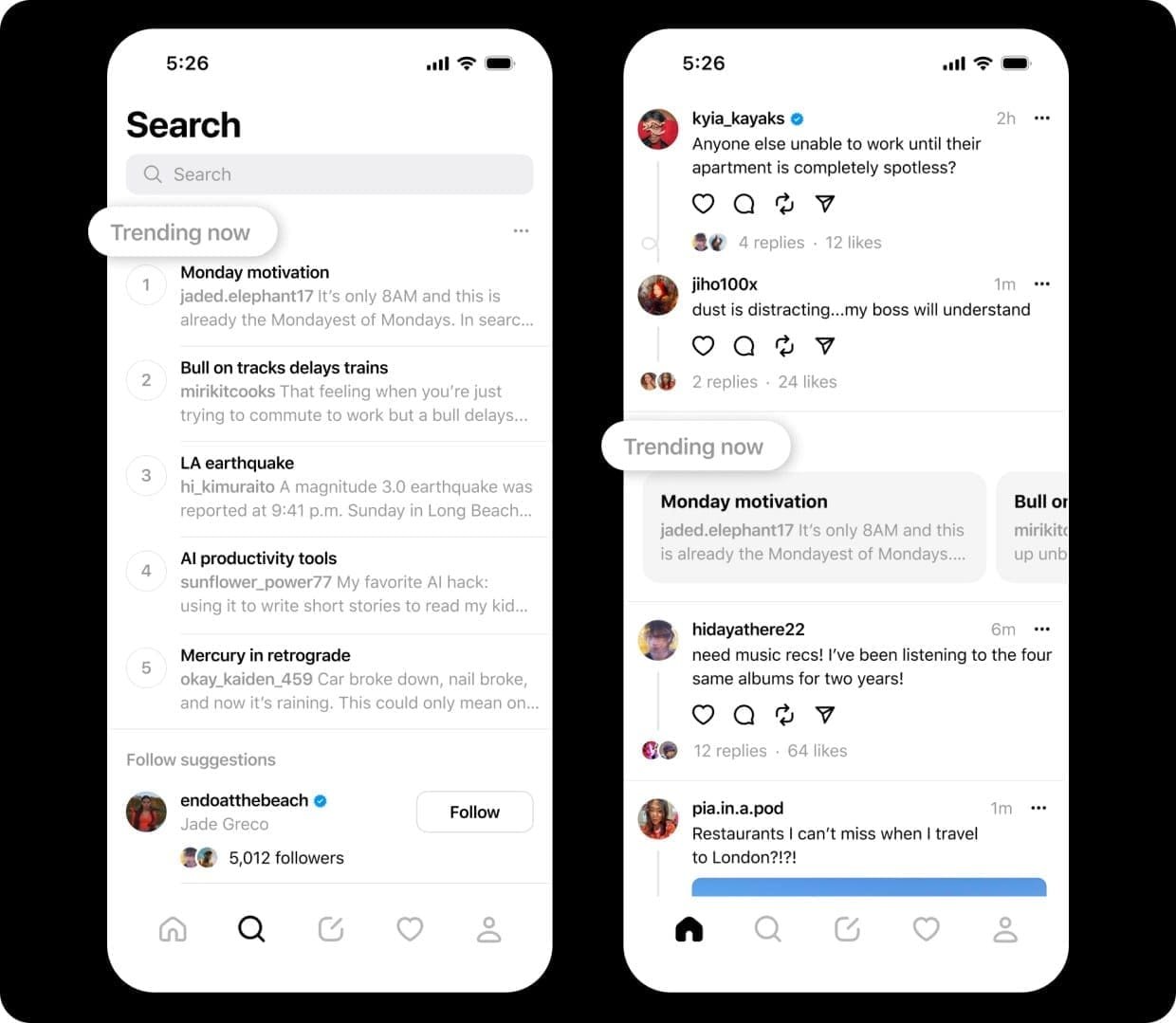
With that update, it’s fair to wonder: if Threads keeps mimicking X’s old moves, will it end up inheriting the same problems too?
Psychological Impact of Familiarity and Low Stakes
When you interact with people you already follow on Instagram, the environment shifts.
You’re not broadcasting to strangers; you’re chatting with familiar faces instead. That reduces performative anxiety and boosts actual engagement. In psychology, this is also called familiarity bias. Our brains are more receptive and trusting when content comes from people or environments we already recognize.
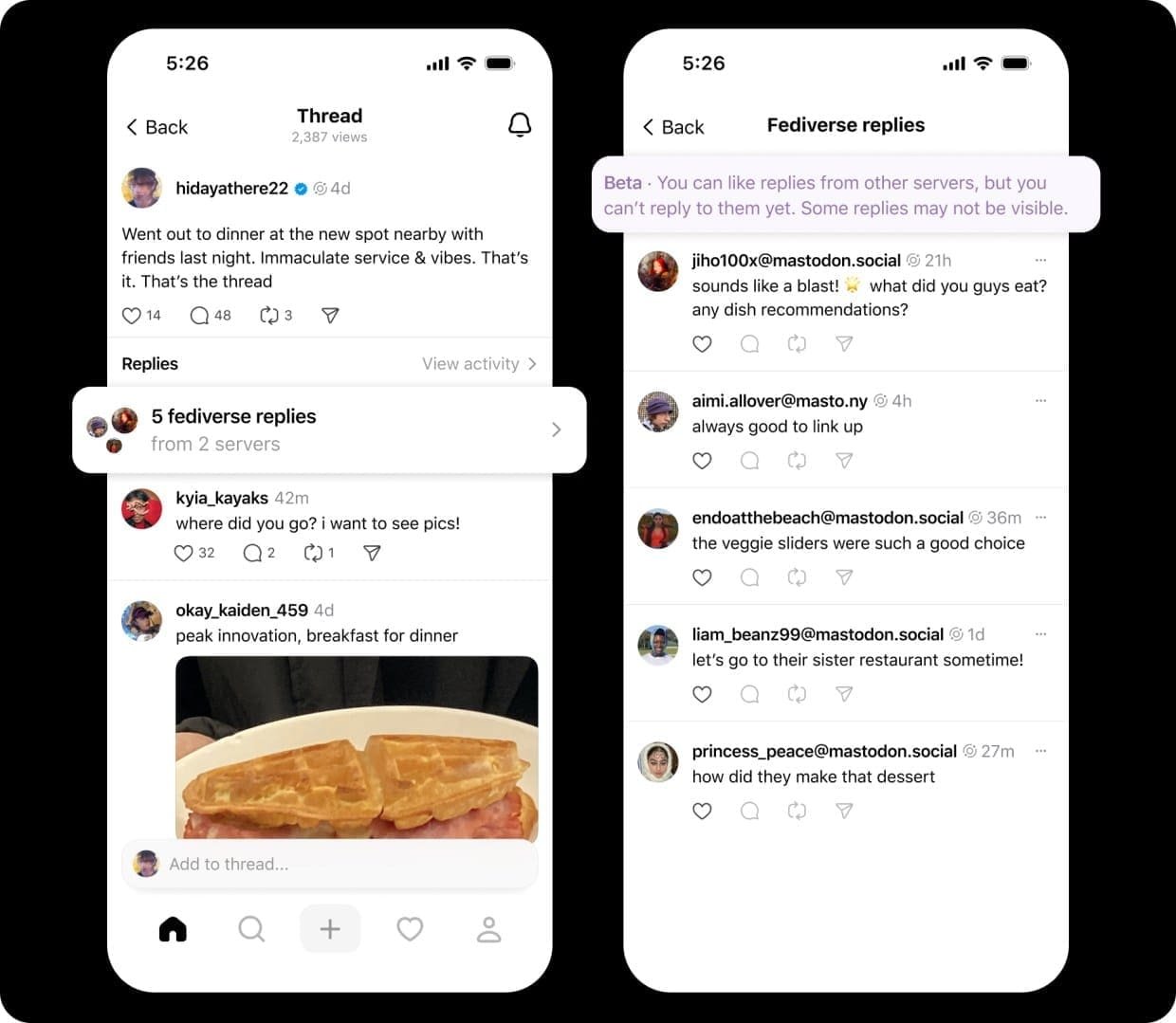
Even the UI choices support calmer usage. Clean fonts, whitespace, and soft notification designs all work in the background to create a more mindful experience.
Is Threads Actually “Healthier”? Here’s The Reality
Threads is still shaping its identity.
But so far, the content tone remains friendly.
Most of the posts come from creators, casual users, and brands playing nice. There’s a sense of experimentation—like everyone’s testing the waters, without yelling into them.
Based on feedback from users in the subreddit r/threadsapp, many are finding Threads to offer a more positive and enjoyable user experience compared to X.
The general consensus is that Threads feels less hostile. Users have noted fewer bots, fewer intrusive ads, and a noticeable lack of trolls or toxic discourse that often dominates other platforms.
Unlike X, which users say is only still useful for real-time updates, Threads is being praised for creating a space that encourages genuine conversations and meaningful engagement.
There’s also noticeably less political noise, which some people love and others find suspicious.
Is it really healthy to remove political discourse from social spaces? Or is that just a sneaky way to nudge people away from “hard” conversations?
There’s a fine line between peace and passive censorship that we must take a closer look at, especially because Meta users reported experiencing being shadowbaneed after they started speaking up about sensitive, yet socially relevant, topics such as the genocide in Palestine.
Can Threads Really Fix Online Discourse?
Threads indeed offers a gentler, more intentional space—but that tone isn’t guaranteed to last. Meta has taken a promising first step, but real change depends on how the platform evolves and how users choose to engage.
It’s not a fix-all, but it’s a chance to do things differently.
In a time when online spaces often feel hostile, the need for safe, thoughtful communities is more urgent than ever.
But platforms alone don’t shape culture—we do.
The way we comment, share, and show up online determines whether these spaces stay supportive or spiral into toxicity. If we want better platforms, we need to engage with more care, empathy, and intention.
SOURCES:
https://about.fb.com/news/2023/07/introducing-threads-new-app-text-sharing/
https://buffer.com/resources/threads-vs-twitter
https://backlinko.com/threads-users
https://www.thebehavioralscientist.com/glossary/familiarity-bias


